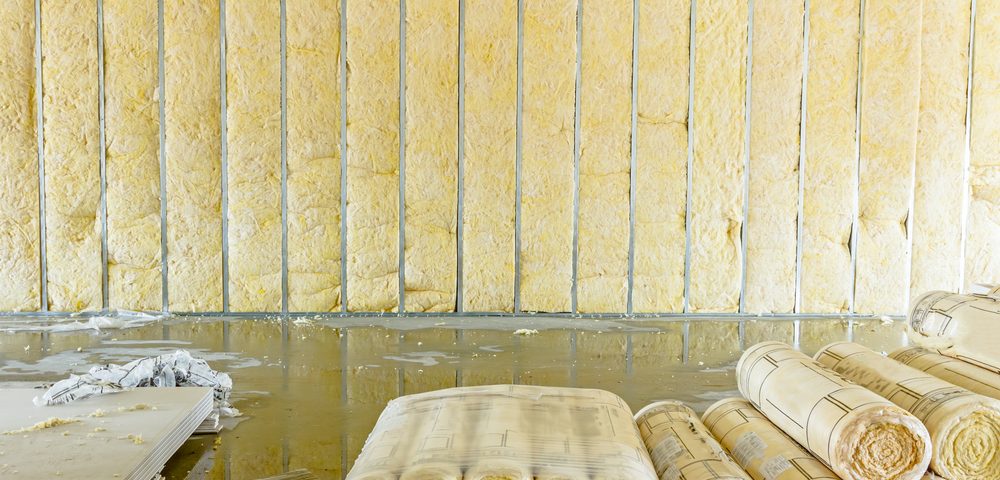An asbestos alternative known as rock wool fiber may also cause DNA damage, according to a laboratory study conducted in China.
The finding may be important because scientists say asbestos causes the lung cancer mesothelioma and other cancers, and the research suggests that substituting rock wool fiber for asbestos will not prevent these diseases.
Another reason it could be of importance is that it appears to confirm that chrysotile asbestos, which accounts for 90 percent of the world supply, causes DNA damage, or genotoxicity. China is not only the biggest chrysotile consumer of the construction material worldwide but also manufactures a lot of it.
The study, “Chrysotile and rock wool fibers induce chromosome aberrations and DNA damage in V79 lung fibroblast cells,” was published in Environmental Science and Pollution Research.
Research has linked the construction material chrysolite asbestos to lung, larynx and ovarian cancer.
Although many countries have banned the use of asbestos, companies that produce substitutes such as rock wool fiber, glass fiber, and ceramic fiber have pushed for their continued use. One of their arguments is that the substitutes don’t cause the health damage that asbestos does.
Groups like the North American Insulation Manufacturers Association (NAIMA), in fact, call the study’s findings into question, noting it is only one laboratory-based study, rather than a trial conducted in animals. Likewise, its tests were conducted over a short period of time (48 hours or less), which can lead to misleading results, as noted in reports by the International Agency for Research on Cancer.
Further, an October 2001 expert review by that international agency also “led to fiber glass and rock and slag wools that are commonly used for thermal and acoustical insulation” now being “considered not classifiable as to carcinogenicity to humans,” NAIMA reports.
The Chinese study suggests these substitutes do cause DNA damage.
Genes, the basic building blocks of the body, are made up of DNA. Damaged DNA can prevent the body from performing certain functions properly, such as producing proteins. Damaged DNA, plus gene mutations, are also key drivers of tumor development, scientists say.
There are many types of DNA damage. One of the worst is a broken strand of DNA — what scientists call a DNA break.
The Chinese team used lung fibroblast cells from hamsters to assess DNA damage from chrysotile asbestos and rock wool fiber, with results “estimated by single cell gel electrophoresis after exposure for 12, 24, or 48 [hours],” the study noted. Fibroblasts are connective tissue that play an important role in wound healing.
One component of the study was checking the level of micronuclei in cells exposed to increasing concentrations of either chrysotile or rock wool fiber. Micronuclei are clumps of DNA that accumulate from DNA damage and cells’ inability to reproduce themselves.
Both chrysotile and rock wool fiber increased the number of micronuclei in lung cells, the team reported. The higher the amount of either compound, the more micronuclei there were.
Chrysotile was reported to cause more DNA damage than rock wool fiber only at the highest concentrations the researchers compared. At lower doses, the two caused the same degree of damage.
Researchers also looked at the number of DNA fragments from strand breaks. As in their earlier experiment, they discovered that the higher the concentration of either chrysotile or rock wool fiber, the higher the number of fragments.
Another finding in this study was that chrysotile caused significantly more DNA damage than rock wool fiber when cells were exposed to high concentrations of the compounds over a lengthy period.
Although chrysotile inflicts more DNA damage than rock wool fiber, both can cause damage, the researchers said. They concluded: “Our study suggests that both chrysotile and rock wool fibers could induce chromosome aberrations and DNA damage. These materials are worthy of further study.”



Hi Stacy,
Interesting article. I believe Rockwool make building cladding out of rock wool fiber and their online presence is heavy with condolences to the victims of the Grenfell Tower.
Is it possible that buildings all over the world are clad with a substance that can ultimately cause mesothelioma?
Best, Neil
Buildings that were built prior to the 90’s could definitely be a risk for mesothelioma. Even today, there are still some under developed countries using the materials that can lead to this disease.
Just wondering how Fiberglas compares with the two mentioned in the article?
your post is useful.tnx…